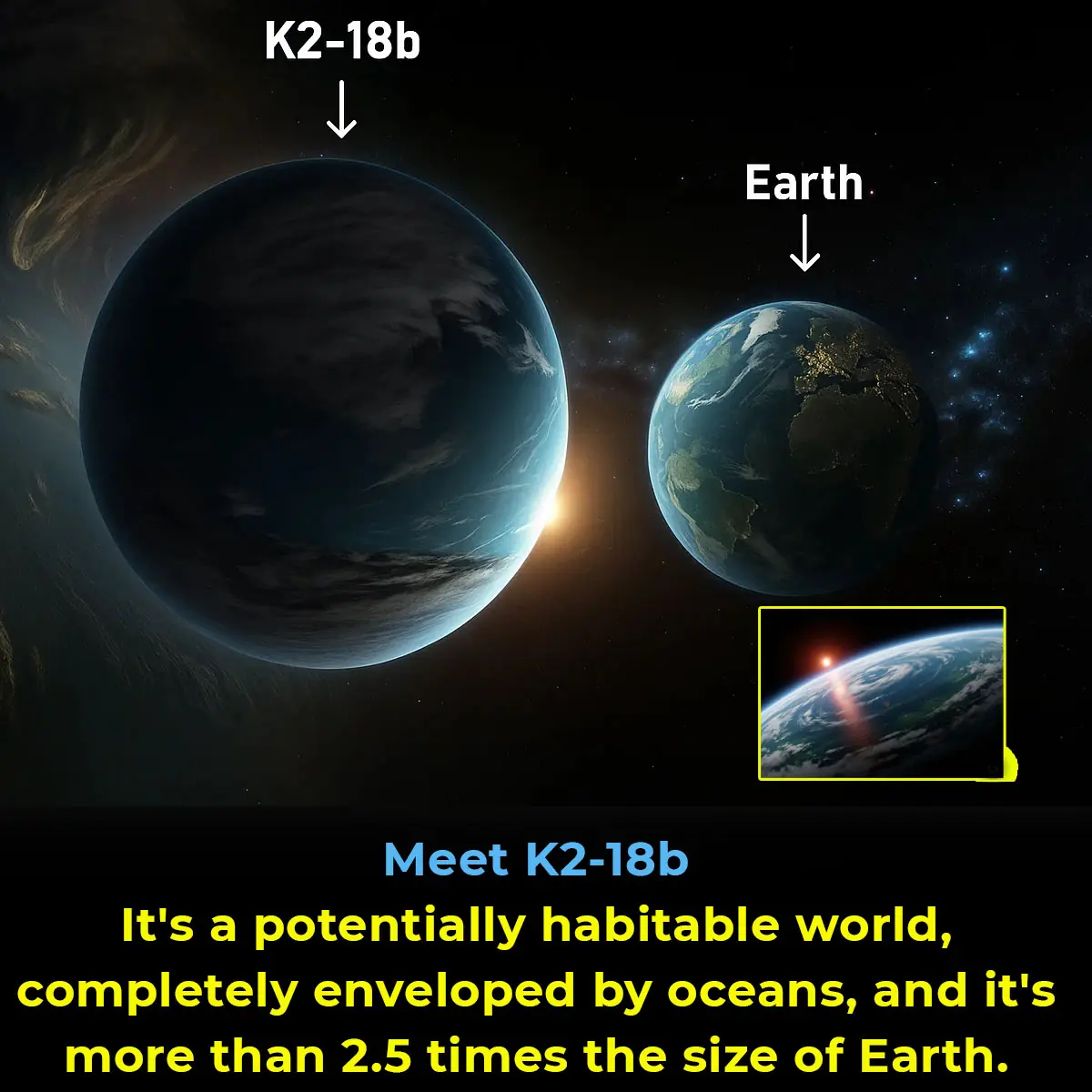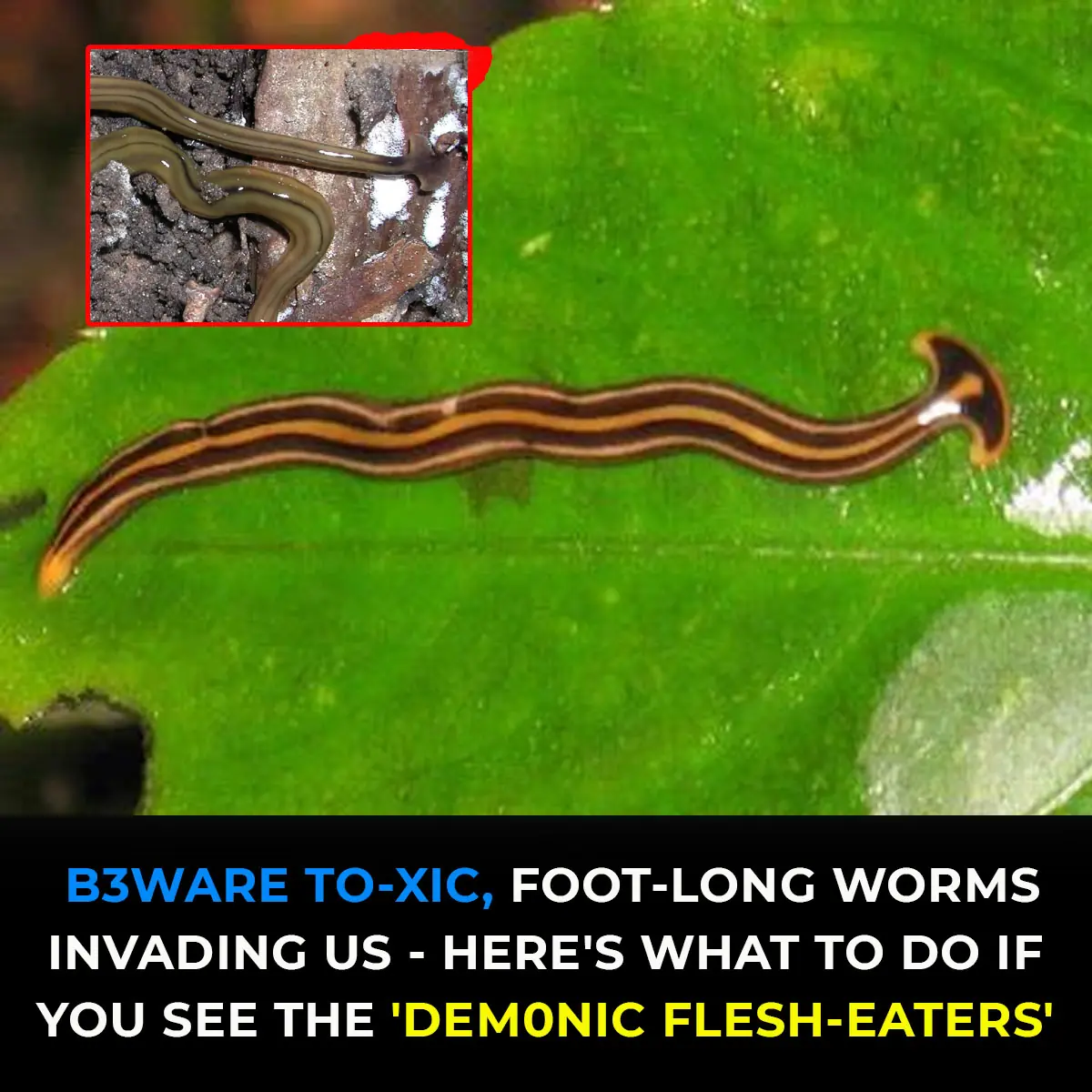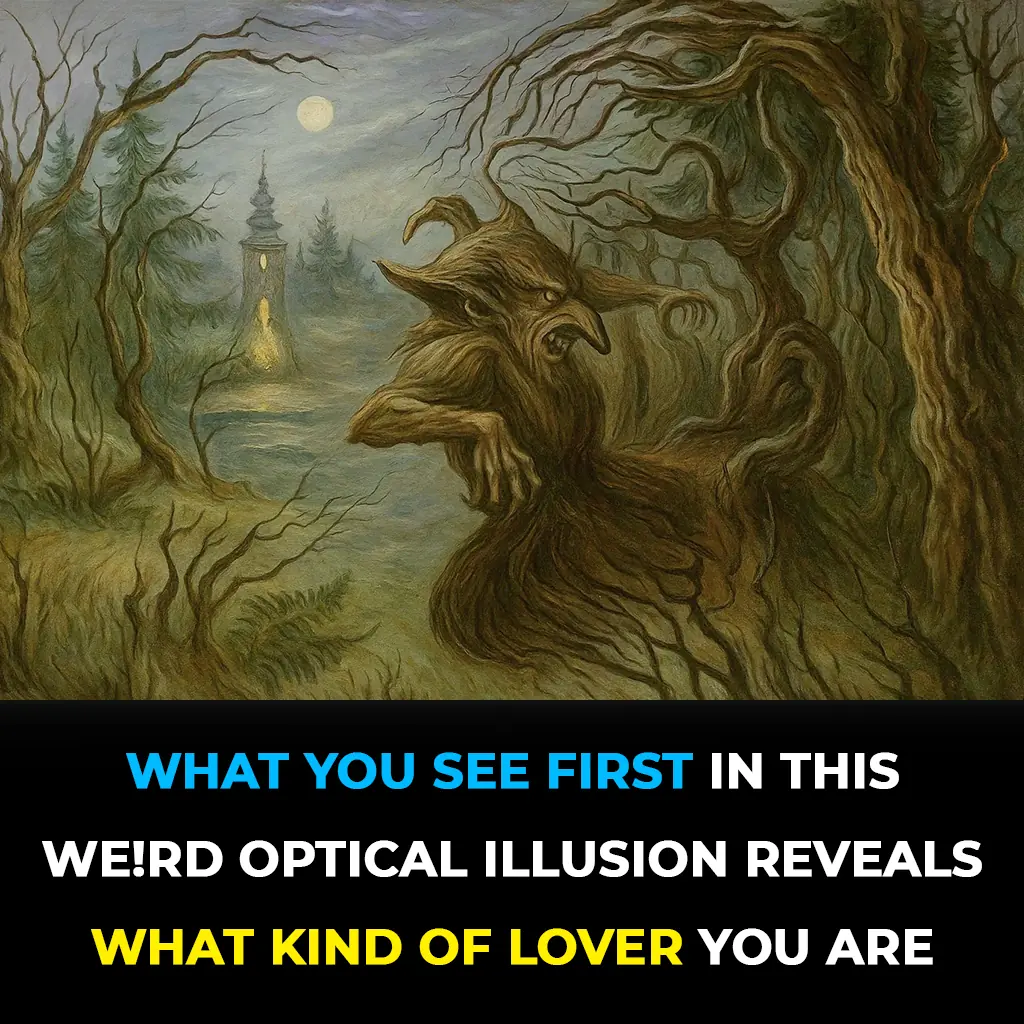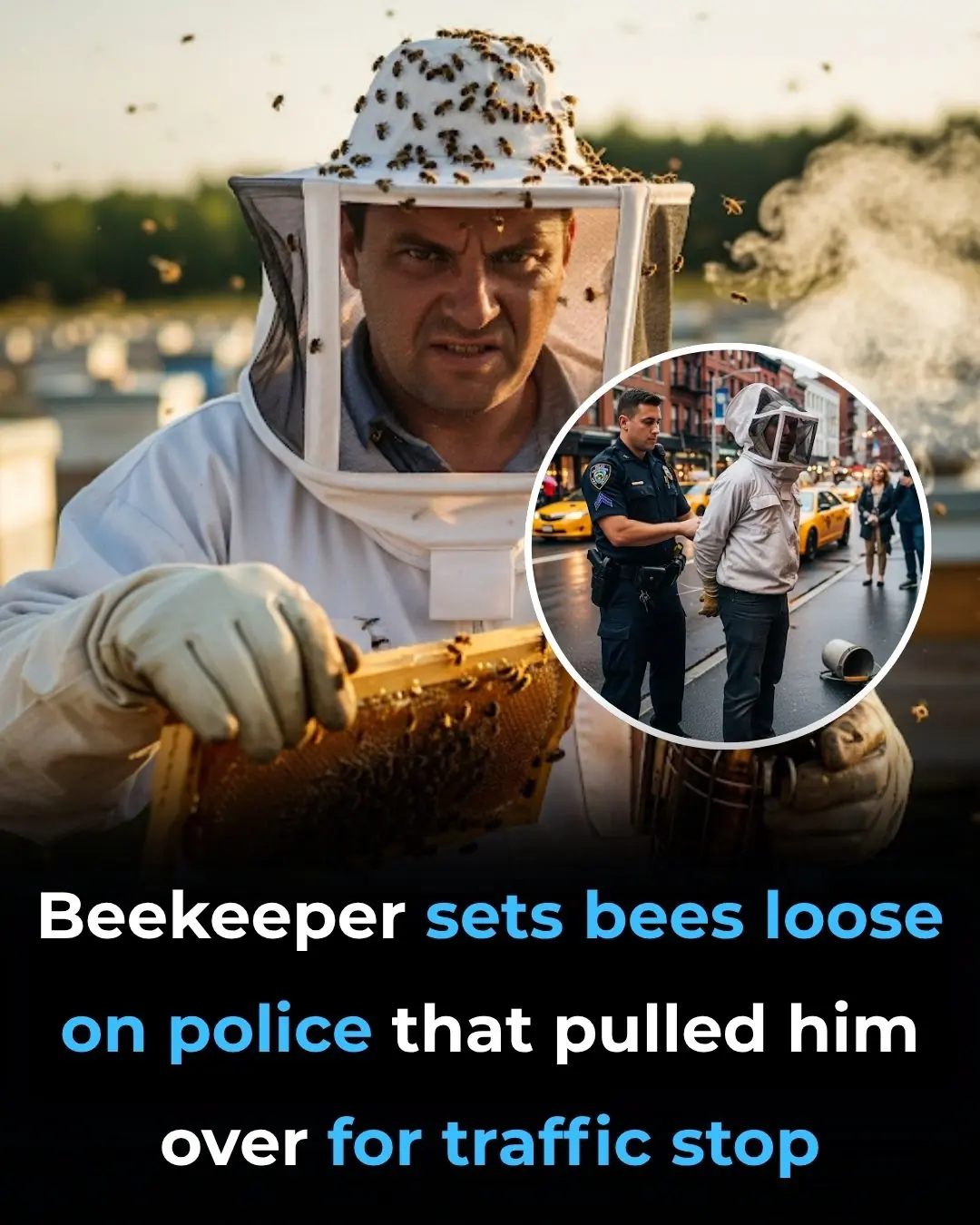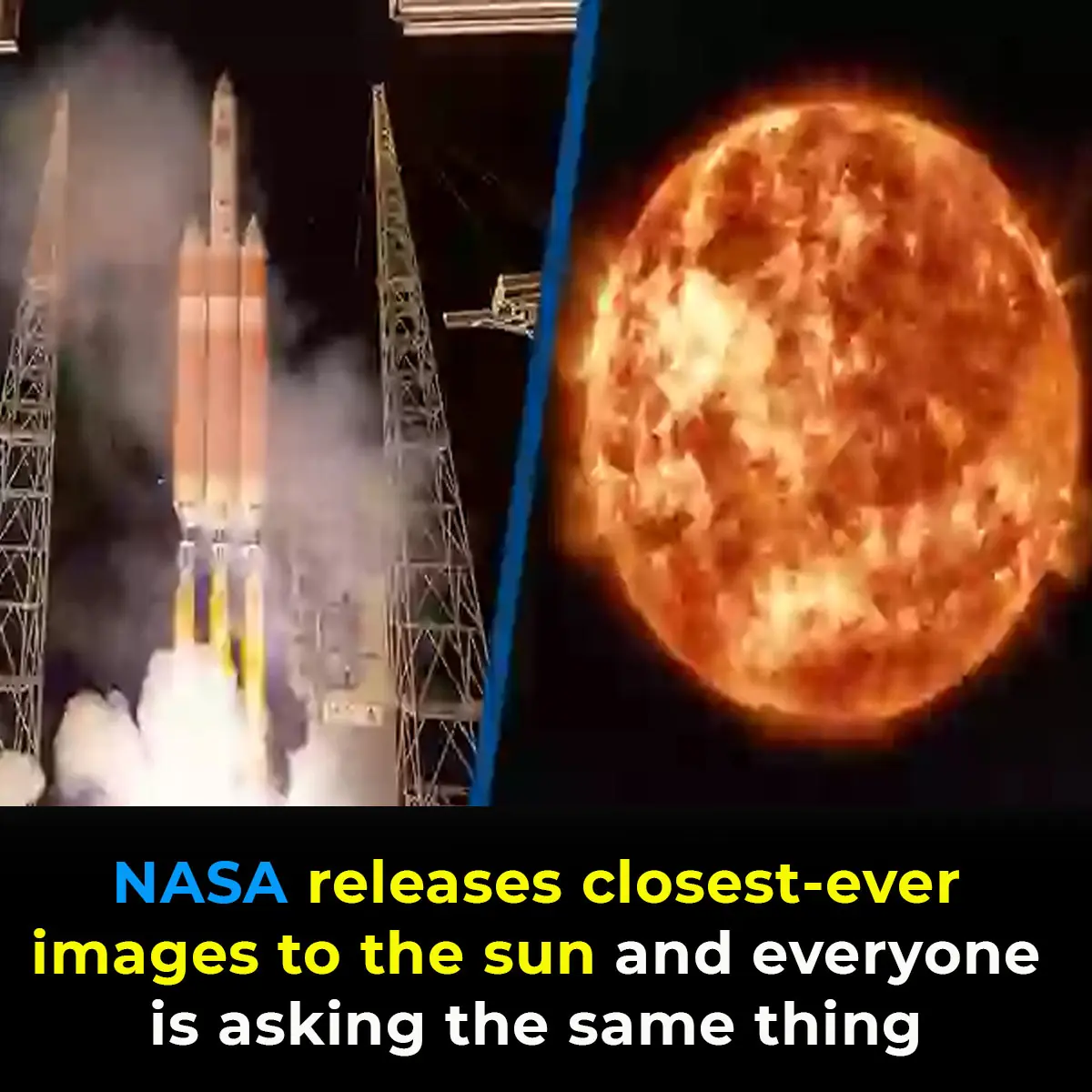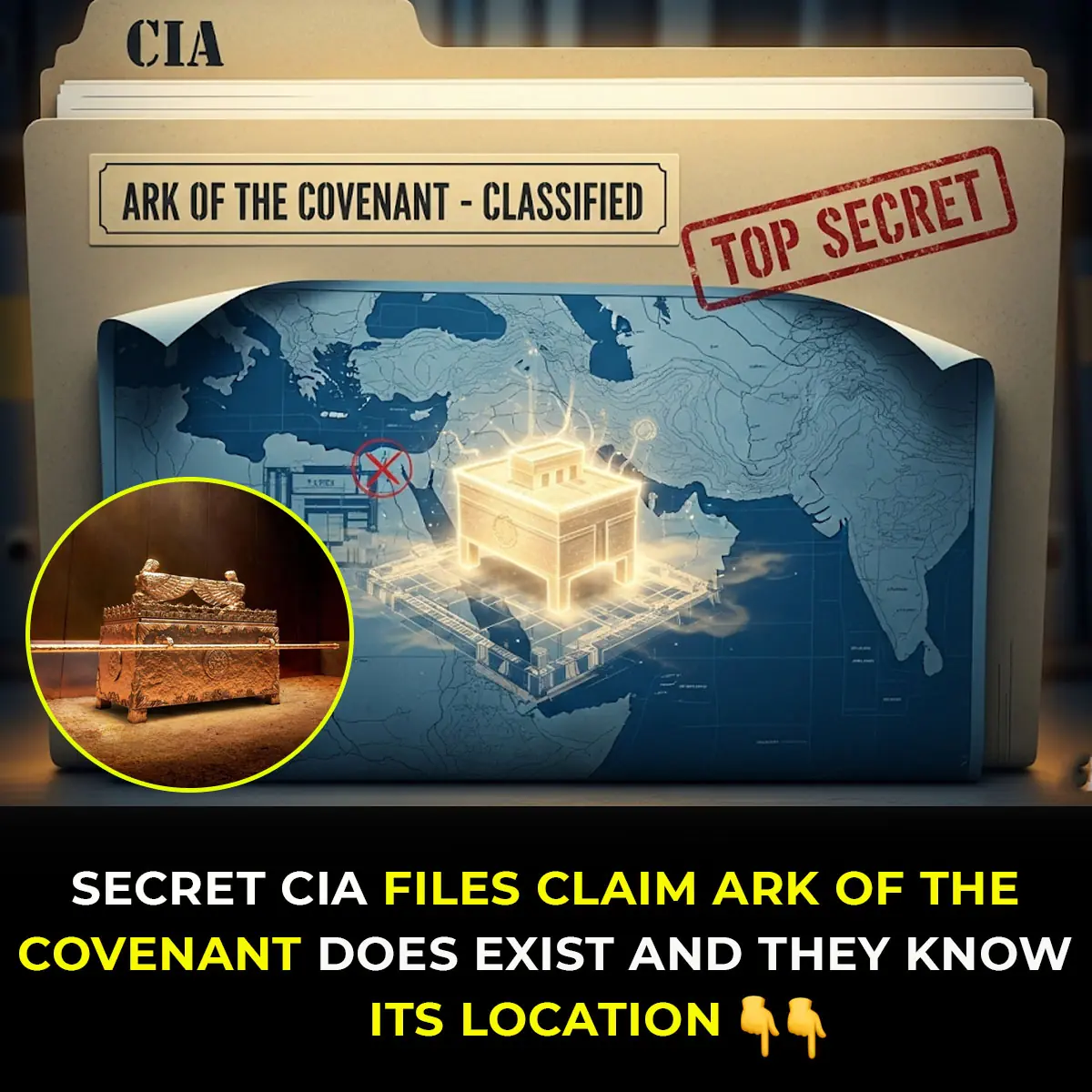Beyond the boundaries of our solar system, located over 120 light-years away, astronomers have discovered a planet that is igniting curiosity and sparking imagination. This planet, named K2-18b, is an immense exoplanet, more than 2.5 times the size of Earth, completely enveloped by oceans, and possibly capable of sustaining life. Orbiting a red dwarf star in the constellation Leo, it is rapidly becoming one of the most promising candidates in the quest for habitable planets beyond our own.
What makes K2-18b particularly intriguing is not just its size or distance but the compelling combination of factors that suggest it could provide the right conditions for life. Discovered by NASA's Kepler Space Telescope and later examined in more detail by the Hubble and James Webb Space Telescopes, K2-18b resides within the "habitable zone" of its star. This zone is where temperatures are ideal for liquid water to exist, which is crucial for life as we know it. While other exoplanets have been found in similar zones, few possess the unique characteristics that K2-18b offers.
A particularly exciting feature of K2-18b is the strong evidence that it may be a water world, entirely covered by oceans with no visible landmasses. The implications of this are profound. Vast, uninterrupted oceans could provide the ideal environment for microbial life or even more complex organisms, assuming other factors like temperature, chemistry, and energy sources are suitable. The detection of liquid water through spectral analysis of the planet’s atmosphere raises the hope that K2-18b could be more than just a barren rock orbiting a distant star.
The composition of K2-18b’s atmosphere adds another layer of intrigue. Data from the James Webb Space Telescope has revealed traces of molecules such as water vapor, carbon dioxide, and methane—gases commonly associated with biological processes on Earth. While these molecules can also arise from non-living processes, their presence on K2-18b opens up the possibility of chemical reactions that could resemble those on our own planet. Researchers are even investigating the potential for dimethyl sulfide (DMS) in the atmosphere—an organic molecule found on Earth that is almost exclusively produced by living organisms. If confirmed, it could serve as the strongest indication yet that life might not be unique to Earth.
However, K2-18b is not just a larger, wetter version of Earth. With a radius more than twice that of our planet and a significantly greater mass, it belongs to a class of planets called "sub-Neptunes" or "mini-Neptunes." These types of planets are common in our galaxy but are absent from our own solar system, making them an intriguing cosmic enigma. K2-18b likely has a thick atmosphere rich in hydrogen, and the pressure and temperature beneath its oceanic surface could be vastly different from anything on Earth. This alien environment pushes the boundaries of our understanding of habitability and encourages scientists to consider conditions that go beyond the familiar factors that support life on our world.
Despite these differences, K2-18b plays a crucial role in answering one of humanity's oldest questions: are we alone in the universe? Every new discovery brings us closer to understanding whether life can thrive in environments far beyond our own. The findings regarding this oceanic exoplanet also highlight the capabilities of modern space telescopes and international scientific collaboration. With each technological advancement, we unveil more of the universe’s mysteries, revealing strange and fascinating worlds like K2-18b.
For space enthusiasts and the general public, the story of K2-18b seems almost like a science fiction tale come to life. A planet blanketed in endless water, surrounded by an atmosphere full of intriguing gases, orbiting a faint red star—it's the stuff of dreams, and yet it is real. As exploration continues and our instruments become even more precise, we may soon find out whether K2-18b is merely another wet rock or a genuine second Earth in the making.
Until then, K2-18b remains a symbol of the unknown—an alien ocean world that reminds us of how much there is still to uncover beyond our small blue planet. It challenges our assumptions, sparks our curiosity, and invites us to continue looking upward, for the universe is vast, and the next great discovery may be just a telescope's glance away.
